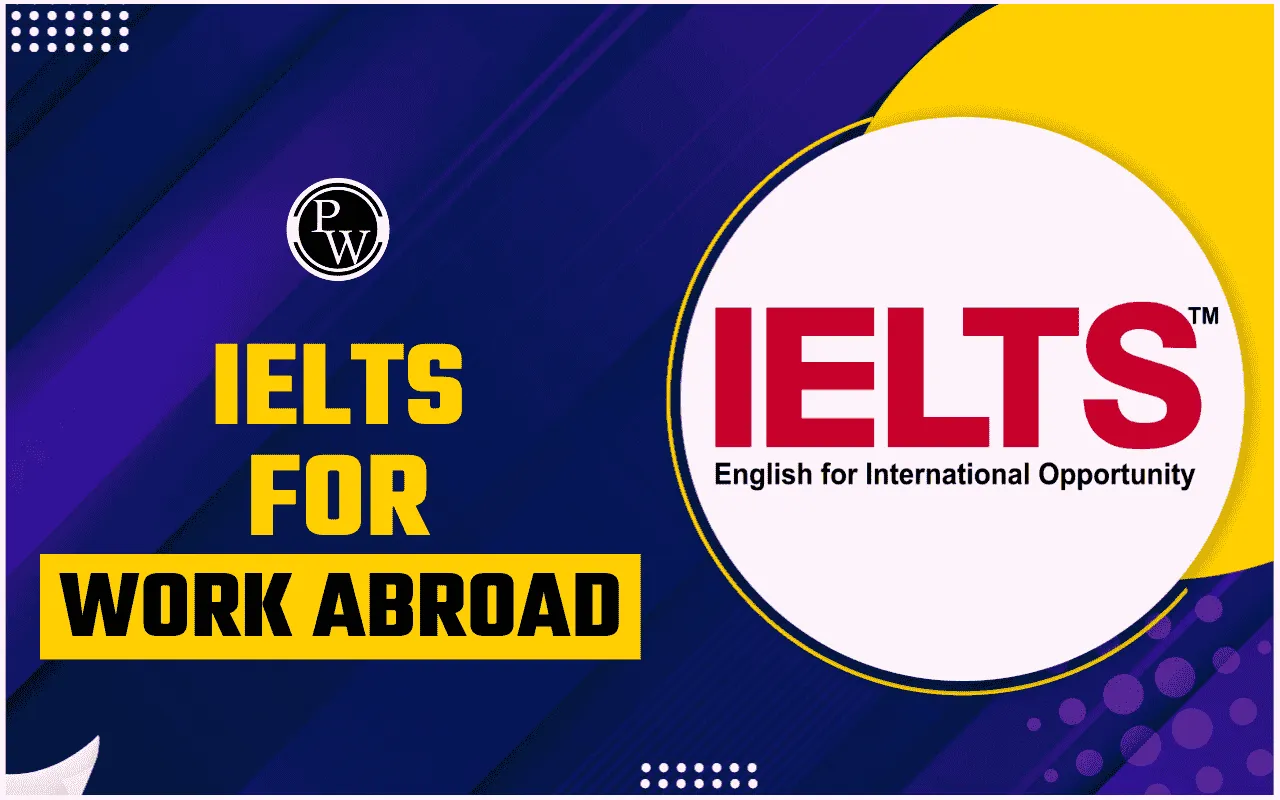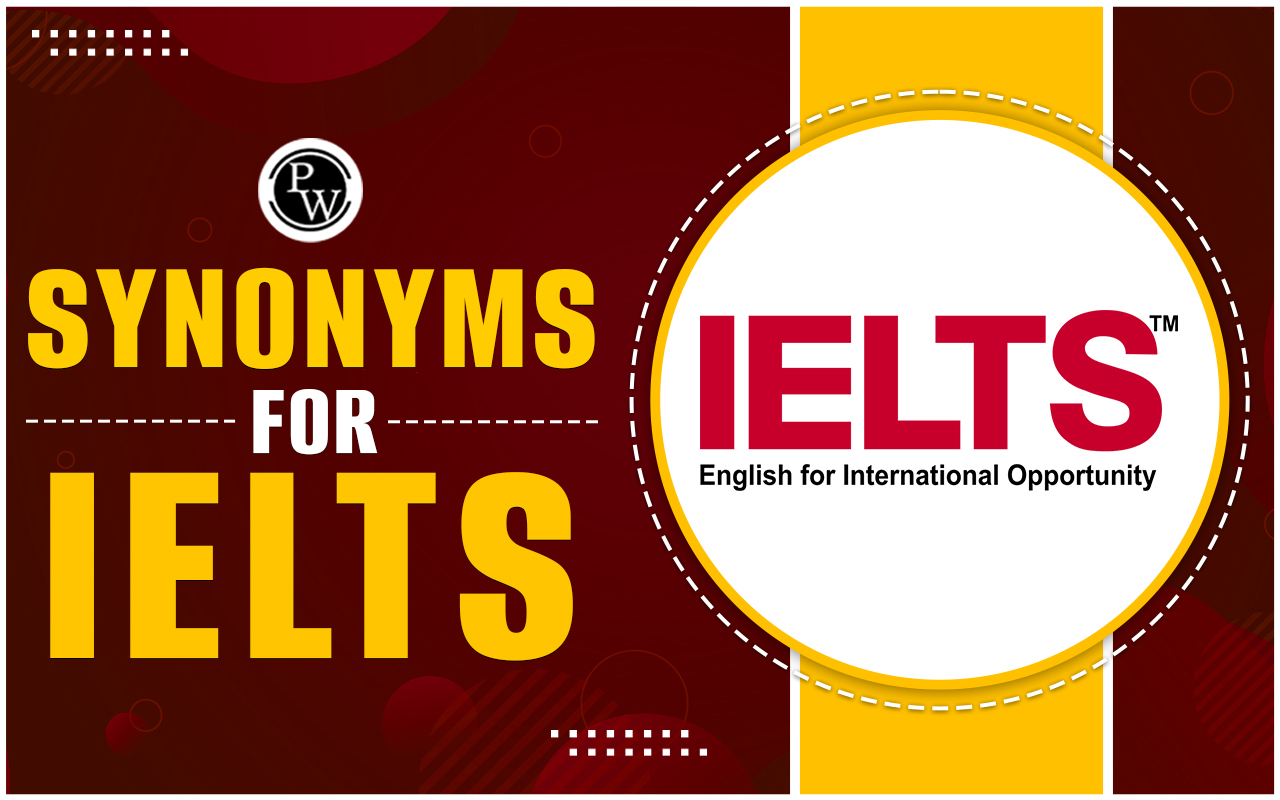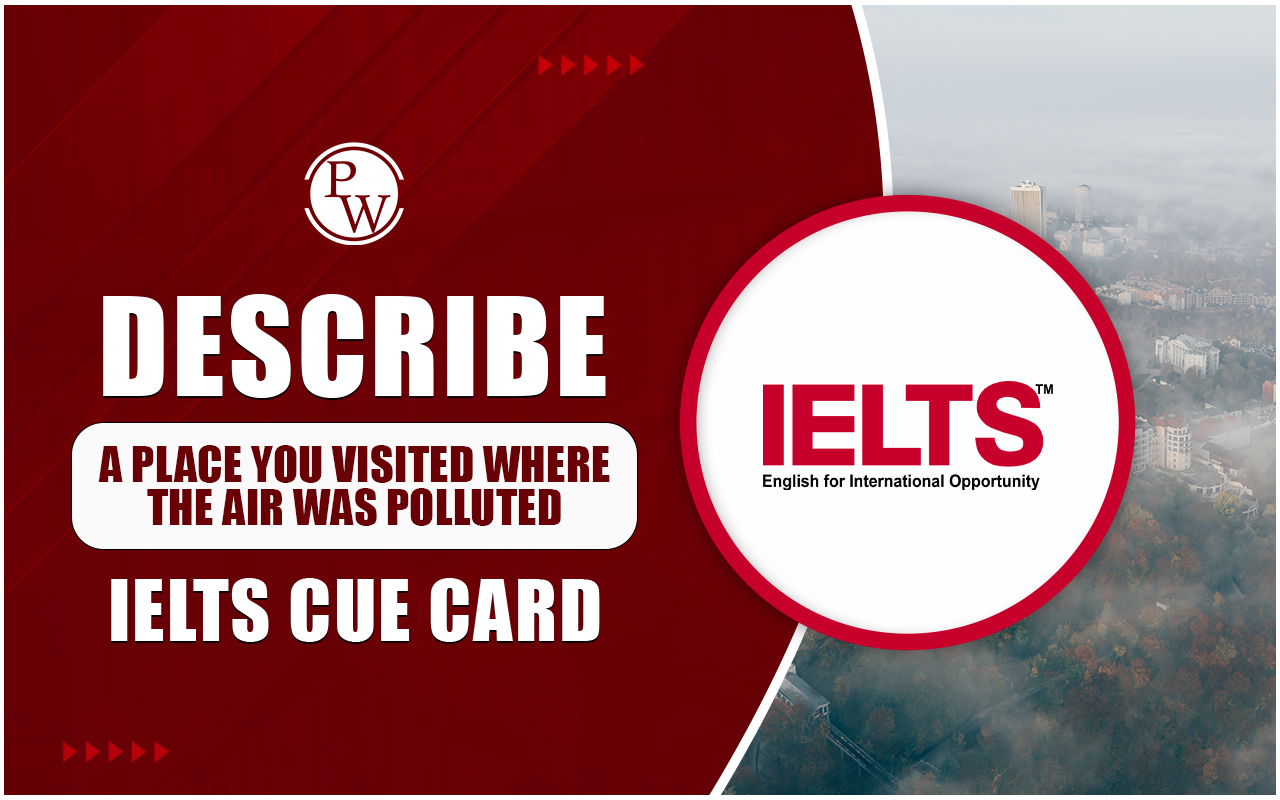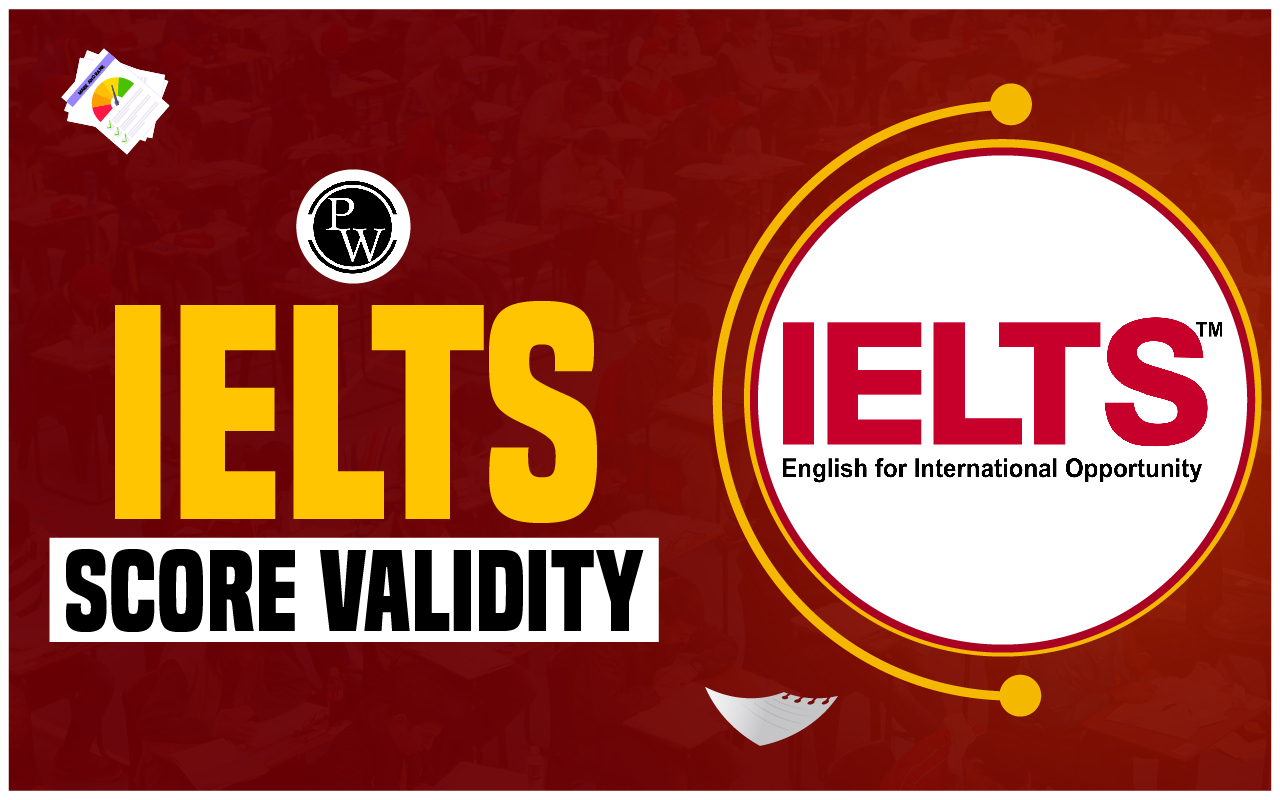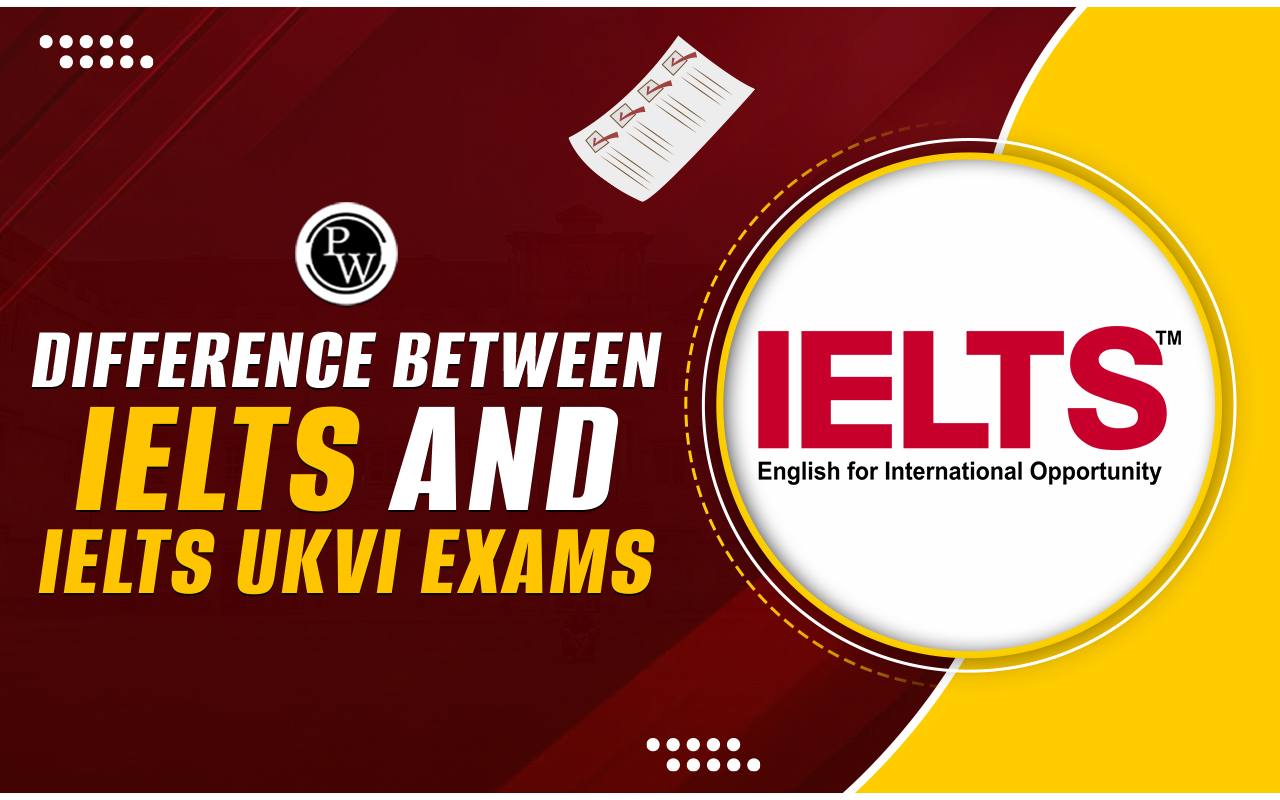
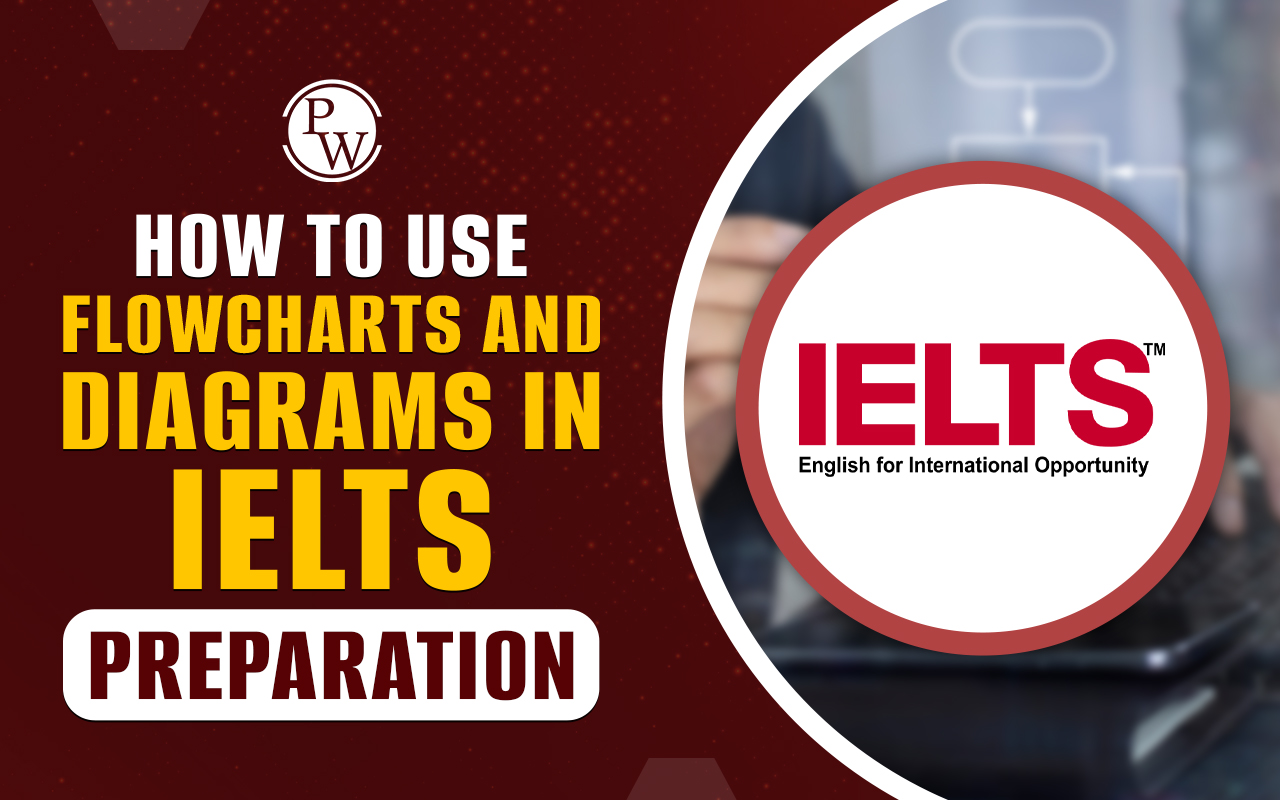
How to Use Flowcharts and Diagrams in IELTS Preparation : For successful utilization of flowcharts and diagrams in IELTS preparation , focus on analyzing the graphic representation of an activity, figuring out important points in the order, and accurately describing each step using precise language while paying special attention to the timing of events and using appropriate transitional phrases to connect stages. Practice with various types of charts, including process diagrams and flowcharts, to become familiar with different visuals.
Explore IELTS Online Courses
How to Use Flowcharts and Diagrams in IELTS Preparation
Flow charts and process diagrams are the same thing since they both need the same kind of answer and approach. These are not often asked IELTS writing task 1 questions. An IELTS process diagram uses pictures to show the many steps of a procedure. In this section, students will get information about How to Use Flowcharts and Diagrams in IELTS Preparation 2025 . A flow chart uses a series of boxes along with direction arrows to show a process in a more simple visual format. IELTS writing task 1 questions rarely include process diagrams or flow charts, but it's still a good idea to be ready in case they do appear.What are flow chart questions in IELTS?
In the IELTS, "Flow Chart Questions" are a type of question that is typically found in the IELTS Reading section. In this question, you are presented with a visual diagram (a flowchart) that outlines a process. This test requires you to understand the logical flow of information and identify relevant details within a text. You are required to fill in the missing information from the text provided, essentially identifying the key stages and sequence of events within the process by selecting the correct words to complete the flowchart based on the passage you read.What are diagram questions in IELTS?
To use diagrams effectively in IELTS preparation, look at the visual information presented, identify key stages or components, write a clear introduction describing the diagram's main topic, provide an overview of the key features, and then explain each phase in detail using precise words and logical sequencing. This is especially important for IELTS Academic Writing Task 1 , where you may encounter process diagrams, maps, or other visual representations.Steps to Use Flowcharts and Diagrams in IELTS Preparation
Here are step by step given on How to Use Flowcharts and Diagrams in IELTS Preparation given below:Examine the diagram
Examine the flowchart or diagram carefully to determine the primary components, beginning and ending points, and the process's logical order of stages. Labels, arrows, and any decision points are examples of crucial details that should be noted to comprehend the information flow.Format your writing
Transitional words, such as "first," "next," "then," and "finally," are useful for explaining the process since they make it obvious which steps come first.Write a summary
At the beginning of your answer, provide a brief overview of the procedure, emphasizing its main steps and any important details.Explain each step in depth
Explain each step in the flowchart clearly and accurately, using topic-specific terminology.Try out several diagram types
Develop your flexibility by introducing yourself to different diagram types, such as complex flowcharts, cycle diagrams, and process diagrams.Focus on accurate vocabulary
To properly explain each step, use specific language that is relevant to the diagram's subject.Identify key features
Make a note of the diagram's main parts, such as labels, arrows, and any special information that should be described in your description.PhysicsWallah Guidance for IELTS Exam
Remember that a strong IELTS band score can increase your chances of admission to the world's best colleges. It is your opportunity to display your English skills and take an essential step towards your foreign education aspirations. Students need a systematic preparation strategy to cover all areas and get the desired band score. PhysicsWallah offers IELTS online classes , including a structured preparation strategy.| IELTS Exam Other Related Links | |
|---|---|
| IELTS Exam | IELTS Academic Vs General |
| IELTS Registration | IELTS Eligibility Criteri a |
| IELTS Mock Test | IDP IELTS Test Centers |
| IELTS Cut Off | IDP IELTS Slot Booking |
How to Use Flowcharts and Diagrams in IELTS Preparation FAQs
Q1 - What are the types of process diagrams in IELTS?
Ans - The two main types of IELTS process questions are man-made and natural.
Q2 - How common are diagrams in IELTS?
Ans - Because they demand the same kind of answer, the approach, process diagrams, and flow charts are categorized together. They are a rather uncommon IELTS writing task with one question. Using images, an IELTS process diagram will show many steps in a procedure.
Q3 - How many types of diagrams are there in IELTS?
Ans - Six different chart forms are included in the first writing problem of the IELTS academic exam: process diagrams, maps, bar charts, pie charts, tables, and line graphs. You will need to write a report on one of them, but keep in mind that this is not an 'essay', but rather a factual report.
Q4 - How are flowcharts used?
Ans - It offers a summary of the important steps involved in solving an issue, but more significantly, it is a visual representation of the solution to a particular problem. When creating and planning a process, flowcharts may assist you in identifying its most important elements while also providing a broader view of the process.
Q5 - What is a structure in IELTS?
Ans - IELTS has four sections: listening, reading, writing, and speaking. The IELTS exam is divided into two parts: academic and general training. Both examinations include identical Speaking and Listening parts, however, they differ in Reading and Writing.
Talk to a counsellorHave doubts? Our support team will be happy to assist you!

Free Learning Resources
PW Books
Notes (Class 10-12)
PW Study Materials
Notes (Class 6-9)
Ncert Solutions
Govt Exams
Class 6th to 12th Online Courses
Govt Job Exams Courses
UPSC Coaching
Defence Exam Coaching
Gate Exam Coaching
Other Exams
Know about Physics Wallah
Physics Wallah is an Indian edtech platform that provides accessible & comprehensive learning experiences to students from Class 6th to postgraduate level. We also provide extensive NCERT solutions, sample paper, NEET, JEE Mains, BITSAT previous year papers & more such resources to students. Physics Wallah also caters to over 3.5 million registered students and over 78 lakh+ Youtube subscribers with 4.8 rating on its app.
We Stand Out because
We provide students with intensive courses with India’s qualified & experienced faculties & mentors. PW strives to make the learning experience comprehensive and accessible for students of all sections of society. We believe in empowering every single student who couldn't dream of a good career in engineering and medical field earlier.
Our Key Focus Areas
Physics Wallah's main focus is to make the learning experience as economical as possible for all students. With our affordable courses like Lakshya, Udaan and Arjuna and many others, we have been able to provide a platform for lakhs of aspirants. From providing Chemistry, Maths, Physics formula to giving e-books of eminent authors like RD Sharma, RS Aggarwal and Lakhmir Singh, PW focuses on every single student's need for preparation.
What Makes Us Different
Physics Wallah strives to develop a comprehensive pedagogical structure for students, where they get a state-of-the-art learning experience with study material and resources. Apart from catering students preparing for JEE Mains and NEET, PW also provides study material for each state board like Uttar Pradesh, Bihar, and others
Copyright © 2025 Physicswallah Limited All rights reserved.





